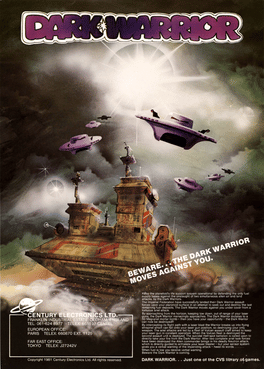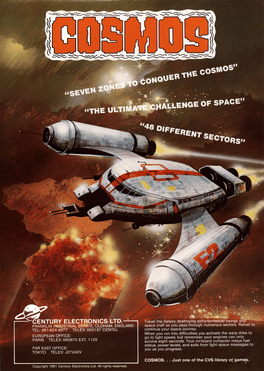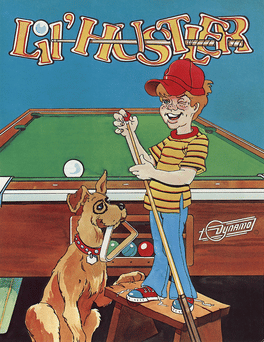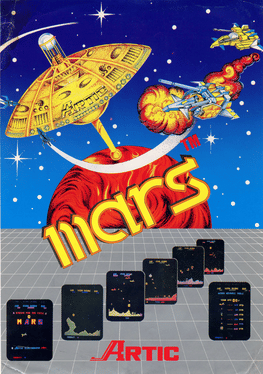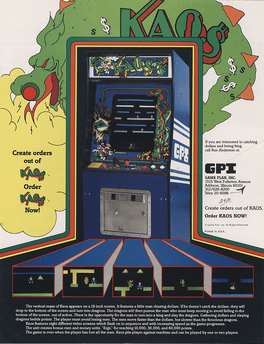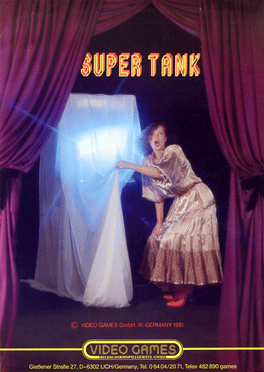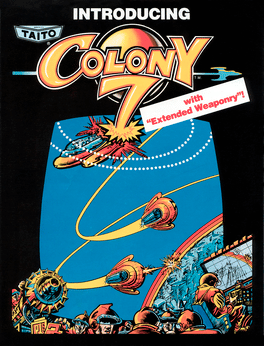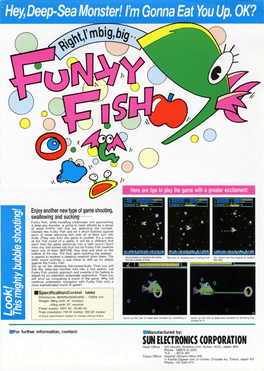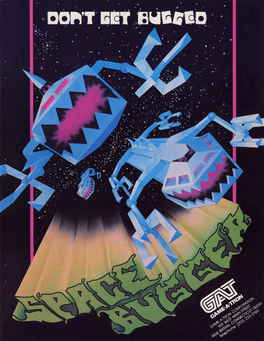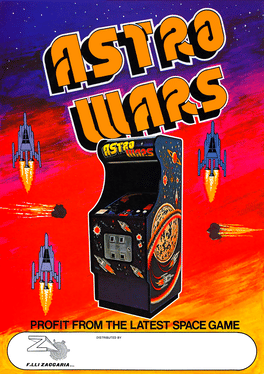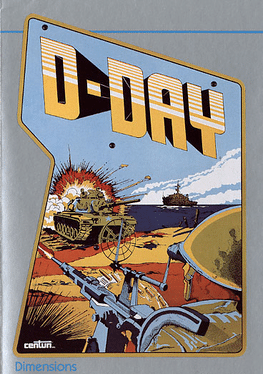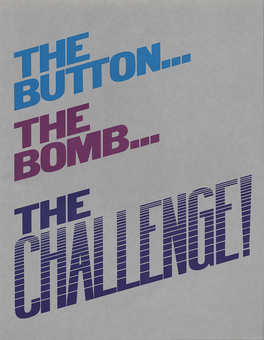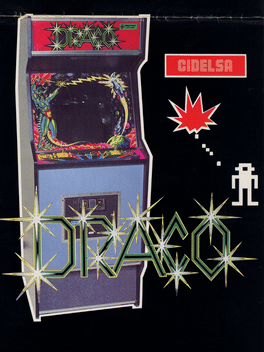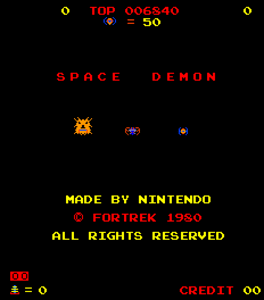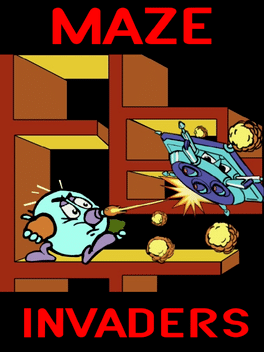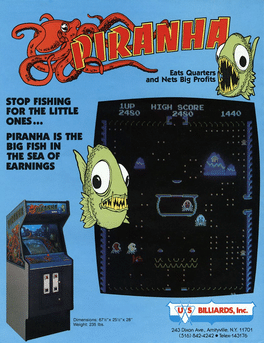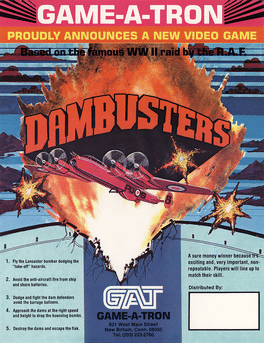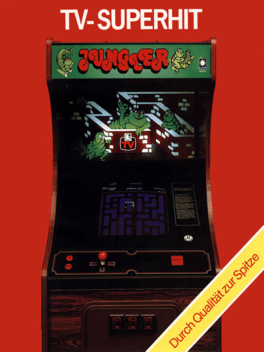New Arcade Games - Page 125
-
Dark Warrior
1981
-
Cosmos
1981
-
Lil' Hustler
1981
-
Mars
1981
-
Kaos
1981
-
Enigma II
1981
-
Super Tank
1981
-
Colony 7
1981
-
Funky Fish
1981
-
Space Bugger
1981
-
Astro Wars
1981
Astro Wars
1981
Italian license from Data East's "Astro Fighter". Player steers fighter craft and fires missiles and endeavors to eliminate attacking forces. Each stage of the game becomes more difficult, with each fighter craft moving closer into the battle. -
D-Day
1981
-
Challenger
1981
-
Draco
1981
Draco
1981
The player controls the movement of his Humanoid by moving it across the surface of a strange planet (Draco), whose treasures (points) are guarded by robots. The Humanoid must appropriate the treasures of Draco by knocking down the obstacles that protect them and defending themselves from the Draco robots that lie in wait for him. For this it has its laser beam, and a limited dose of energy. -
Space Demon
1981
-
Maze Invaders
1981
Maze Invaders
1981
You control a character navigating an ever-changing maze, and must collect all the fruits while shooting or evading mostly abstract enemies. -
Piranha
1981
-
Dambusters
1981
-
Laser Base
1981
-
Jungler
1981
Jungler
1981
In Jungler, the player controls a white, multi-segmented animal inside a blue maze. Also inside the maze are three enemy creatures similar to that of the player. The object of the game is to eliminate the enemy creatures before one of them eliminates the player. When all three enemies are defeated, the player advances to the next maze. The enemy creatures appear in one of three colors: red, yellow or green. Red creatures are longer in length than the player, and as such a collision with the creature will cost the player one life. Yellow creatures are the same length as the player, thus posing no harm upon a collision. Green creatures are shorter than the player, and will be devoured by the player's creature if they collide. The player can shoot at the creatures, with each hit reducing the number of segments by one. As segments are removed, the creatures are able to move faster, thus making them harder to catch and eliminate. Points are scored for shooting the creatures, as well as for collecting pieces of fruit t
